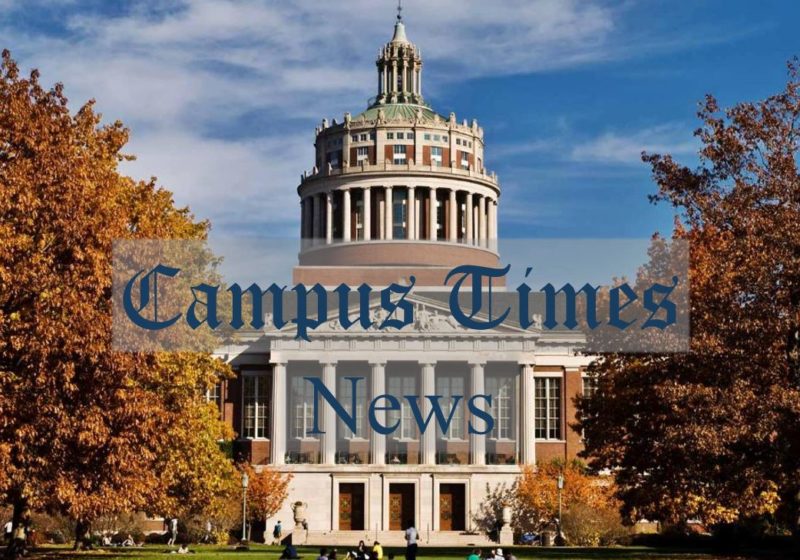America has reached an all-time high for the amount of college students sent abroad.
In 2001, the government-sponsored Open Doors Report estimated that there were 154,168 students who went abroad, and in 2016, that figure rose to 332,727.
Despite this increase, the amount of time actually spent abroad is shrinking.
In 2006, 4.3 percent of students spent the whole year abroad. In 2016, the number shrunk to half that. As the number of American college students abroad continues to grow, the quality of their immersive experiences is being called into question.
Junior Emma Perlman, who spent the fall of 2018 studying in Madrid, Spain, found immersion to be quite difficult.
“It was hard to make Spanish friends,” she said. The Spaniards she spoke to in class or on the street “didn’t really want to interact with Americans,” which she believes is a direct result of the quantity of Americans entering and leaving the city each year.
Instead, she remained closest to Americans.
“When I was out, and heard someone speak English, we just kind of bonded, so those became my closest friends,” she said.
Junior Shahamat Uddin — who studied in Rabat, Morocco last semester — noted that this experience, though common, can be hindering.
“Immersive study abroad is [about] challenging yourself,” he said. “That can be hard to accomplish with the typical study abroad model where you live and learn alongside other Americans.”
Senior Jenna Shults saw this as the biggest drawback of her time last semester in Berlin, Germany.
“It was nice to have [other American students], and talk to them about the changes we were experiencing, but at the same time, I wish we had gotten more exposure to German people,” she said.
This is counterintuitive to what study abroad programs proclaim.
If you look on the IES Abroad website, the pictures depict students mingling with a diverse network of people, and smiling broadly at the camera from the far corners of the earth.
But an academic paper by Zemach Bersin found that “program advertisements appeal to American students’ sense of entitlement, consumerism, and individualism.”
Perlman agrees, saying that, through her experience in Madrid, “study abroad isn’t immersive whatsoever.”
But is that the purpose of a study abroad program?
Shults was more focused on travel and personal growth, which she believes she accomplished through her time in Berlin. Perlman said she wishes she had been more immersed, “but wouldn’t know how” to achieve this. Uddin said it boils down to how much you challenge yourself.
Nonetheless, all believed their time abroad was worthwhile and enjoyable.





